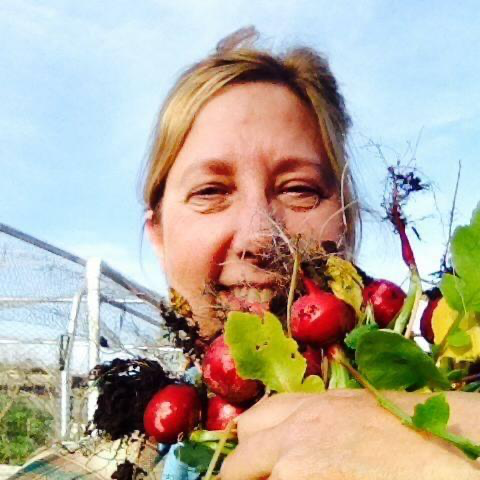Some of the most obvious toxic plants include Amaryllis, holly and mistletoe.
![]()
By Sharon McCray

Sharon McCray
It’s that time of the year. Family and friends, too much food and desserts along with too much to do. Shopping, cleaning, cooking, the list goes on. One thing you shouldn’t have to worry about is your pets. But, especially during these busy times, it is important to think about our pets, whether they be dogs, cats or whatever.
First off, knowing the difference between dangerous, toxic and poisonous plants, food or household products is a good place to start. Dangerous may cause nausea and vomiting, while toxic reactions run the gambit: vomiting, diarrhea, anorexic and believe it or not, depression. Poisonous is obvious and trying to revive a pet that has eaten something that they shouldn’t have, is usually not successful.
Some of the most obvious toxic plants include Amaryllis, holly and mistletoe. There is always the talk about poinsettias and while they are toxic, the toxicity is usually mild. It is always best to err on the side of caution and keep suspicious plants and foods safely out of easy reach.
Every part of lily is highly toxic to cats, including pollen and excess water from the plant basin. If any part of the plant is ingested by a cat, it can cause serious life threatening kidney damage.
Beware of this issue if you have curious cats that like to nibble on plants, especially during Easter when lilies are everywhere.
Amaryllis are so much a part of the season, it can be hard to accept that both the bulb and flowers can be dangerous for your dogs. Holly and mistletoe are both toxic to pets and should be kept out of easy reach. Use caution in placing where they are easily accessible.
 While the focus of this column is plants and gardening, it is also important to mention foods that should never be given to pets, including chocolate. Some animals that have eaten too much chocolate have perished.
While the focus of this column is plants and gardening, it is also important to mention foods that should never be given to pets, including chocolate. Some animals that have eaten too much chocolate have perished.
According to the ASPCA, in alphabetical order, these foods should not be given to your pets: alcohol, avocado, chocolate, coffee and caffeine, citrus, coconut and coconut oil, grapes and raisins, macadamia nuts, milk and dairy, onion, garlic, chives, raw/undercooked meat, eggs and bones, salt and salty snack foods and yeast dough.
Xylitol is used as a sweetener in candy, gum and toothpaste and is also toxic. It can cause insulin release in most animal species and lead to liver failure.
The ASPCA has a very useful website and can help with more specific information. Visit www.aspca.org. If you think your pet has ingested something they should not have, the ASPCA Animal Poison Control Center can be reached at (888) 426-4435.
Dogs seem to be more prone to eating things they shouldn’t than other family pets. Household items should also be kept out of reach. Why anything would drink a household cleaning product is beyond me, but it happens.
Aspirin, including baby aspirin, Avon Skin So Soft, breath fresheners and grape seed oil, ibuprofen and naproxen, Pepto-Bismol and Kao- pectate and sorbitol should also be kept out of reach.
I sincerely hope this information is useful and does not alarm anyone. No one wants to spend their holidays — or anytime, for that matter — worrying about their pets and an ounce of prevention could certainly help keep everyone safe.
Happy New Year!
Sharon McCray is a California native living in Santa Clara County since 1959. She became certified as a University of California cooperative extension master gardener in 1992 and a UCCE master naturalist in 2015. She hosts a radio show on KKUP public radio and is now retired.







